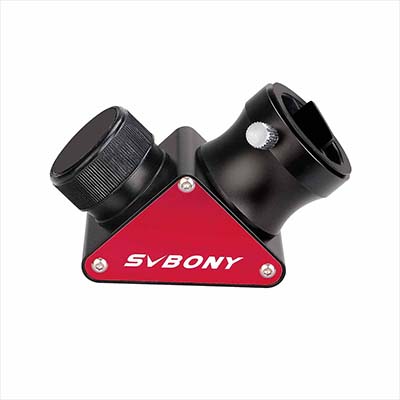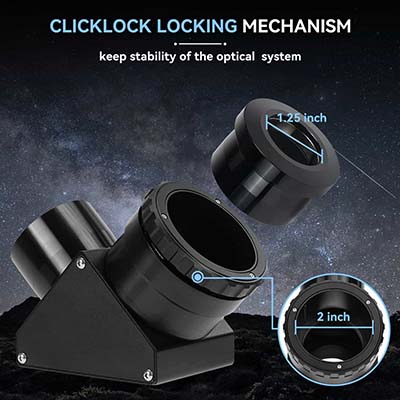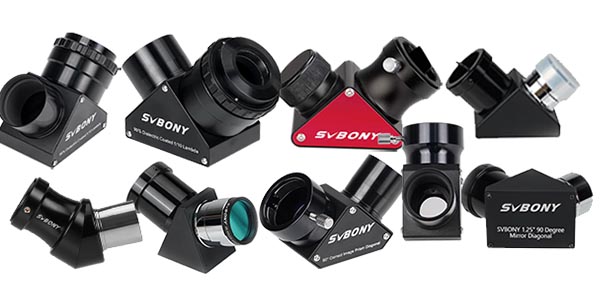A Comprehensive Guide to Star Diagonals for Telescopes
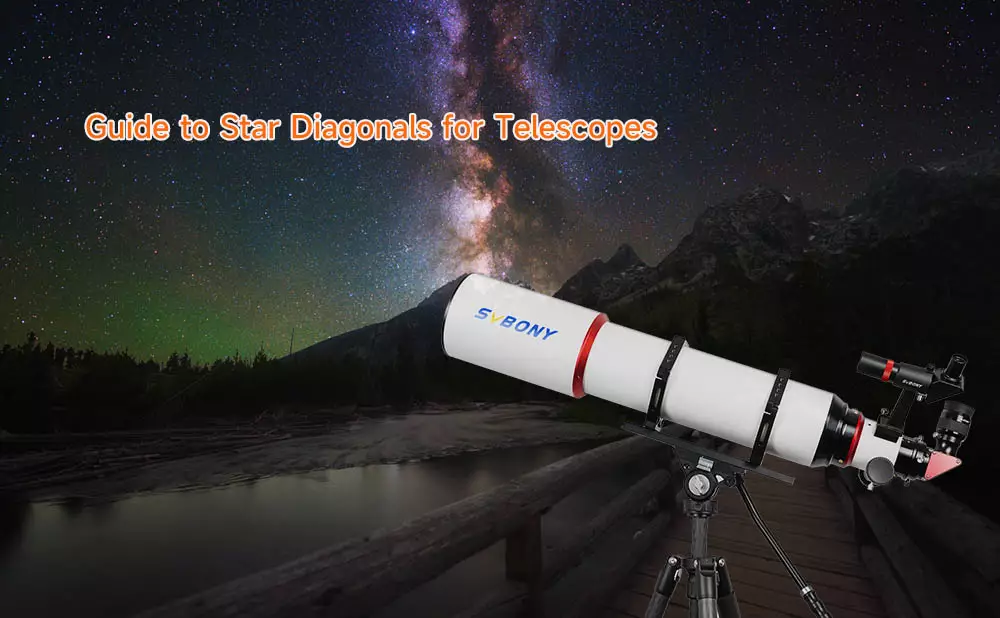
A Comprehensive Guide to Star Diagonals for Telescopes
When it comes to using telescopes for stargazing and terrestrial observations, having the right accessories can significantly enhance your viewing experience. One such essential accessory is the star diagonal. In this blog, we will explore the types of telescope diagonals, the benefits, and why they are vital for both amateur and professional astronomers.
Understanding Telescope Diagonals
In Newtonian reflectors, eyepieces generally remain at a comfortable viewing height regardless of the telescope’s orientation. However, as refractors and Cassegrain telescopes tilt upward, their eyepieces can become uncomfortably low, making it challenging to observe celestial objects. This is where a star diagonal becomes invaluable.

What is a Star Diagonal?
A star diagonal is a small triangular attachment that bends light collected by the telescope at a 90° angle before directing it into the eyepiece. This design allows observers to look through the telescope from a more comfortable position—either perpendicular to the direction of the telescope or at a 45° angle. This feature is particularly beneficial for prolonged observation sessions, reducing neck strain when gazing at high-altitude objects.
Types of Telescope Diagonals
At SVBONY, we offer a variety of telescope diagonals to meet different observational needs. Here are the main types:
1. Mirror Diagonals
- Description: These use front-surface mirrors to reflect light.
- Benefits: Affordable and effective for standard use; ideal for routine observations.
- Locking Mechanism: Brass compression ring locking.
- Usage Scenarios: Versatile and economical, suitable for most telescopes.
- Recommended Index: ★★★★
2. Dielectric Diagonals
- Description: Coated with multiple dielectric layers on the mirror surface to enhance high reflection.
- Benefits: Offers superior light transmission, up to 99% reflectivity, producing brighter and sharper images while extending the life of the diagonal.
- Locking Mechanism: Clicklock locking.
- Usage Scenarios: Excel in astrophotography, ensuring high-fidelity images.
- Recommended Index: ★★★★★
3. Prism Diagonals
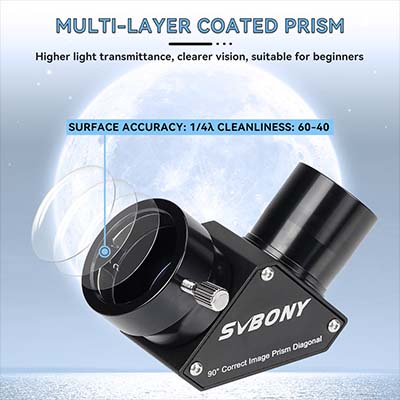
- Description: Utilize prisms to reflect light.
- Benefits: Compact design that provides a shorter light path, making them ideal for portable scopes and terrestrial viewing.
- Locking Mechanism: Brass compression ring locking.
- Usage Scenarios: Ideal for portable scopes and terrestrial viewing.
- Recommended Index: ★★★
Testing Your Star Diagonal
To determine whether a star diagonal is worth investing in, it's essential to examine both bright and faint celestial objects. The Moon, being the brightest object in the sky, can help you assess how well the diagonal handles stray light. Fainter star fields are excellent for evaluating the effectiveness of the dielectric coating.
Telescope diagonals play a crucial role in astronomy, directing light for a more comfortable viewing angle and enhancing image quality. With options ranging from mirror to dielectric and prism diagonals, there is a solution for every astronomer’s needs. For instance, popular choices include the SVBONY SV188P 1.25/2 inch diagonal, SV223 2 inch 90-degree clicklock diagonal, and SV222 1.25 inch 45-degree diagonal.
Conclusion
Investing in a high-quality diagonal not only enhances your observational experience but also protects your optical components, ensuring longevity and reliability. Explore our range of diagonals today and elevate your stargazing adventures!



